As the days grow shorter and the air takes on a crisp chill, it's time for beekeepers to start thinking about preparing their hives for the winter months. Properly winterizing your bee hives ensures that your colonies stay healthy and survive the cold season, ready to thrive again in the spring. Here, we’ll delve into the essential steps for prepping your bee hives for winter, ensuring your bees are warm, well-fed, and protected from the elements.
Assessing Hive Health
Before doing anything else, it's crucial to evaluate the health of your hives. Check for signs of diseases or pests such as Varroa mites, which can devastate a colony if left untreated. Ensure your bees have a healthy population and a productive queen. A strong, healthy hive is much more likely to survive the winter.
Varroa Mite Treatment
Varroa mites are one of the biggest threats to bee colonies. Conduct a mite count and treat the hive if necessary. There are various treatment methods available, including chemical treatments and organic options like oxalic acid or thymol. Whichever method you choose, follow the instructions carefully to avoid harming your bees.
Ensuring Adequate Food Stores
Bees need ample food to sustain themselves through the winter. Ensure your hives have sufficient honey stores—typically, a colony needs about 60-80 pounds of honey to survive the winter, depending on your region. If your hives are light on stores, you may need to supplement with sugar syrup or fondant.
Feeding Sugar Syrup
To prepare sugar syrup, mix a 2:1 ratio of sugar to water. Heat the mixture until the sugar is fully dissolved, then allow it to cool before feeding it to your bees. Place the syrup in a feeder inside the hive to encourage the bees to store it as honey.
Bucket Feeder
The Little Giant® 2 Gallon Bucket Feeder has an easy-to-use design that helps protect syrup from robbers to keep your bees fed when outside nectar sources are scarce. It fits atop the hole on your inner cover to allow bees access to the syrup via tiny holes drilled in the lid.
Insulating the Hive
Proper insulation is key to helping your bees maintain a stable temperature during the cold months. There are several ways to insulate your hives effectively:
Wrapping the Hive
Wrap your hives with insulating materials such as foam boards or specialized hive wraps. Ensure that ventilation is not compromised, as good airflow is essential to prevent moisture buildup inside the hive.
Adding a Moisture Board
Moisture can be as much of a threat to bees in winter as the cold itself. Adding a moisture board or quilt box on top of the hive helps absorb excess moisture and provides additional insulation.
Reducing Hive Entrances
Reducing the size of hive entrances helps prevent cold winds from entering the hive and minimizes the risk of pests like mice seeking shelter inside. Use beehive entrance reducers to create a smaller, more manageable entrance that bees can defend more easily.
Installing Mouse Guards
Mouse guards are essential in preventing rodents from entering the hive. These guards fit over the entrance and allow bees to come and go while keeping mice out. Check the guards regularly to ensure they remain secure and free of debris.
Positioning the Hives
Where and how you position your hives can significantly impact their winter survival. Place hives in a location that offers some protection from the wind and receives plenty of sunlight. Elevating the hives off the ground can also help reduce moisture buildup and improve ventilation.
Windbreaks and Barriers
Consider adding windbreaks or barriers around your apiary to shield hives from strong winds. This can be achieved with natural barriers like hedges or artificial structures like fences.
Conclusion
Winterizing your bee hives is a vital task that ensures the survival and health of your colonies through the cold months. By assessing hive health, ensuring adequate food stores, insulating the hives, reducing entrances, positioning hives wisely, and monitoring them throughout winter, you can provide your bees with the best chance of emerging strong and ready for spring. Happy beekeeping!










